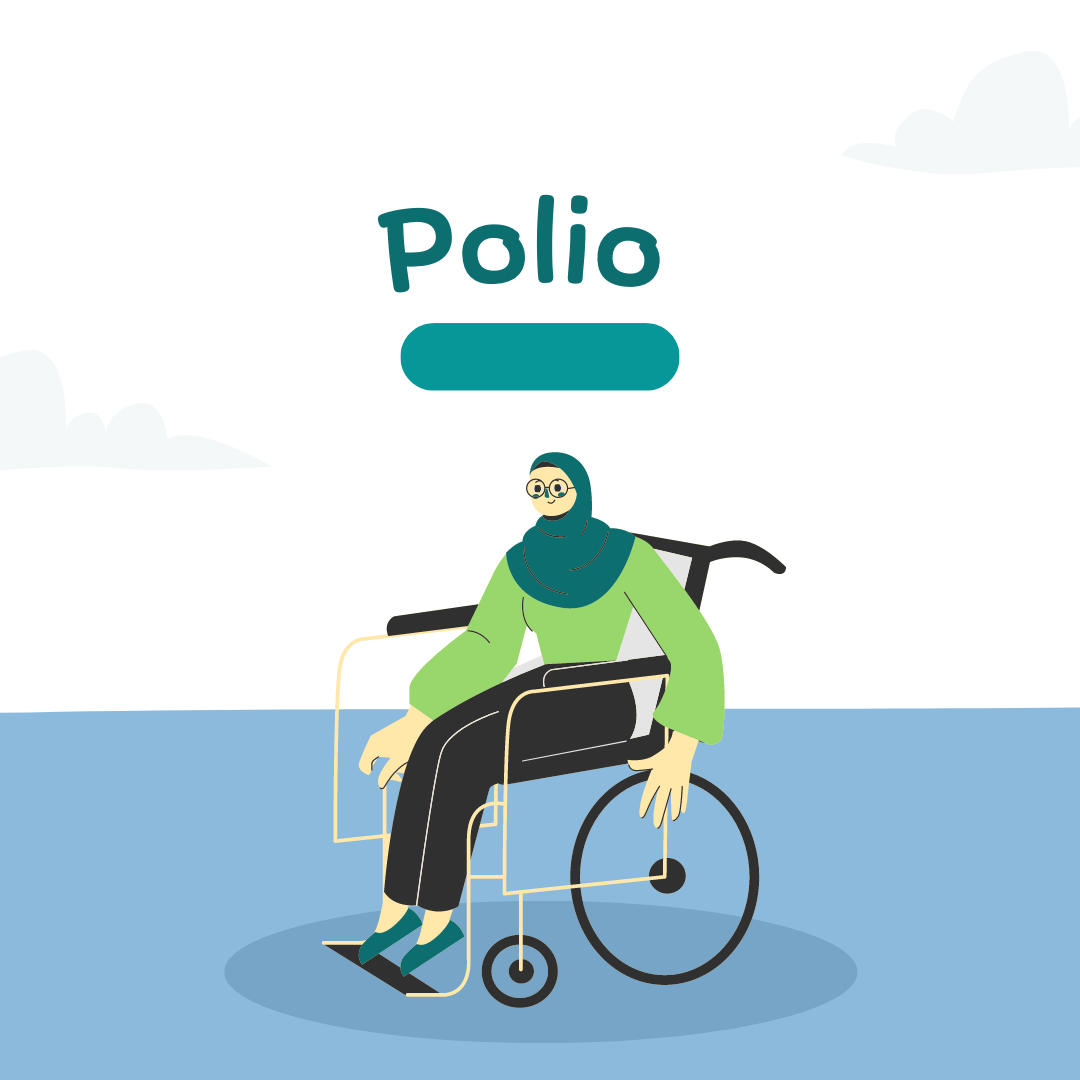Title: Understanding and Managing Post-Poliomyelitis with PhysiothrapySyndrome: A Comprehensive Guide
Introduction:
Poliomyelitis, once a widespread and crippling disease, has been largely eradicated due to effective vaccination campaigns. However, for some polio survivors, the challenges don’t end with recovery. Post-Poliomyelitis Syndrome (PPS) is a complex condition that can develop decades after the initial infection. In this blog post, we will delve into what PPS is, its symptoms, causes, and strategies for managing this often misunderstood syndrome.
What is Post-Poliomyelitis Syndrome (PPS)?
Post-Poliomyelitis Syndrome (PPS) is a neurological condition that affects individuals who had previously contracted polio. Polio, caused by the poliovirus, can cause muscle weakness and paralysis. Many people who survive polio experience significant recovery, but for some, new and progressive symptoms may emerge years or even decades later.
Symptoms of PPS:
- Muscle Weakness: Individuals with PPS often experience a gradual decline in muscle strength, particularly in the muscles that were initially affected by polio.
- Fatigue: Profound fatigue is a hallmark of PPS. Simple tasks that were once manageable may become exhausting.
- Muscle and Joint Pain: PPS can bring about muscle and joint pain due to the strain placed on weakened muscles and altered biomechanics.
- Muscle Atrophy: Progressive muscle wasting and atrophy can occur, leading to reduced muscle mass and function.
- Breathing and Swallowing Difficulties: Weakness in the respiratory muscles can result in breathing difficulties, and weakened throat muscles may lead to swallowing issues.
- Sleep Disturbances: Many PPS patients experience sleep disturbances due to pain, discomfort, or breathing difficulties.
- Cold Intolerance: Reduced circulation and muscle function can make individuals more sensitive to cold temperatures.
Causes of PPS:
The exact cause of PPS is not fully understood, but it’s believed to involve the reactivation of the poliovirus within nerve cells. After the initial infection, the surviving nerve cells compensate for the loss by increasing in size and branching out. However, these overworked nerve cells may eventually succumb to stress, leading to the emergence of PPS symptoms.
how physiotheray helps in Post-Poliomyelitis Syndrom

- Medical Care: Consult a healthcare professional experienced in neuromuscular disorders. They can help develop a personalized management plan.
- Physical Therapy: A physical therapist can design an exercise program tailored to your needs, focusing on maintaining muscle strength and mobility.
- Pacing Activities: Learning to balance activity and rest is crucial. Overexertion can exacerbate symptoms, so pacing yourself is essential.
- Assistive Devices: Mobility aids such as braces, canes, or wheelchairs can help conserve energy and maintain independence.
- Pain Management: Various strategies, from medications to heat therapy, can help alleviate muscle and joint pain.
- Breathing Support: In severe cases, respiratory aids like positive airway pressure (PAP) machines might be necessary.
- Nutrition and Weight Management: A balanced diet and maintaining a healthy weight can reduce stress on weakened muscles.
- Psychological Support: Living with a chronic condition can take an emotional toll. Seeking support from therapists or support groups can be beneficial.
Physiotherapy plays a crucial role in the management of Post-Poliomyelitis Syndrome (PPS). Since PPS involves progressive muscle weakness, fatigue, and other related symptoms, a tailored physiotherapy program can significantly improve the quality of life for individuals living with this condition. Here’s how physiotherapy can help:
1. Muscle Strengthening and Endurance:
Physiotherapists design exercises that target the muscles affected by PPS. Through gradual and targeted strengthening exercises, they help maintain muscle mass and function. This can help individuals maintain their independence and perform daily activities more easily.
2. Improved Mobility:
Physiotherapy focuses on enhancing mobility through exercises that promote joint flexibility and mobility. Gait training and balance exercises are often included to help individuals move around safely and effectively.
3. Energy Conservation Techniques:
Physiotherapists teach energy conservation techniques, which are essential for individuals with PPS due to the fatigue associated with the condition. These techniques help individuals optimize their energy levels while performing daily tasks, reducing the risk of overexertion.
4. Assistive Devices and Mobility Aids:
Physiotherapists assess the need for assistive devices such as braces, orthotics, canes, or wheelchairs. They provide guidance on how to use these aids effectively to improve mobility and reduce the strain on weakened muscles.
5. Breathing Exercises:
For individuals with respiratory muscle weakness, physiotherapists can teach breathing exercises to improve lung capacity and respiratory function. These exercises can help individuals manage breathing difficulties and maintain optimal oxygenation.
6. Pain Management:
Physiotherapy can address muscle and joint pain associated with PPS. Techniques such as manual therapy, heat therapy, and gentle stretching can help alleviate pain and discomfort.
7. Posture and Body Mechanics:
Proper posture and body mechanics are essential to prevent additional strain on weakened muscles. Physiotherapists educate individuals on how to maintain good posture and use proper body mechanics during daily activities.
8. Pacing Activities:
One of the challenges with PPS is managing fatigue. Physiotherapists work with individuals to develop strategies for pacing activities to prevent overexertion and manage energy levels effectively.
9. Education and Self-Management:
Physiotherapists educate individuals about PPS, its progression, and how to manage symptoms. They provide guidance on when to rest, how to perform exercises correctly, and how to adapt activities to their abilities.
10. Emotional Support:
Living with a chronic condition like PPS can be emotionally challenging. Physiotherapists often offer emotional support, motivation, and encouragement to help individuals cope with the psychological aspects of managing PPS.
It’s important to note that a personalized approach is crucial in physiotherapy for PPS. Every individual’s condition is unique, and a tailored exercise program is developed based on the specific needs, strengths, and limitations of the individual. Physiotherapy, when integrated into a comprehensive management plan, can significantly enhance the overall well-being and functional abilities of individuals living with Post-Poliomyelitis Syndrome.

